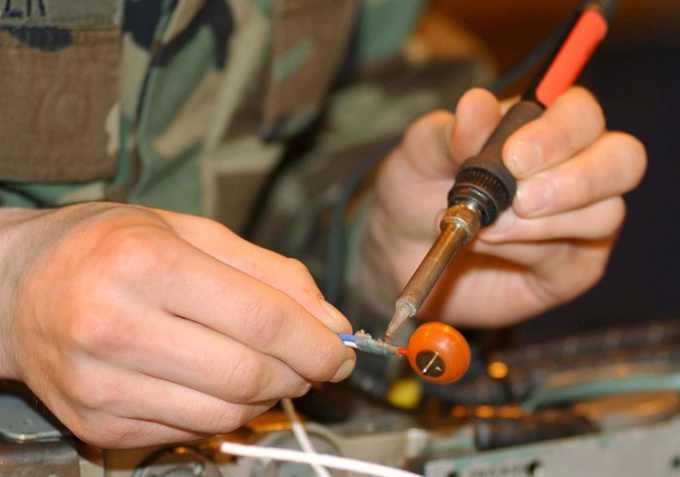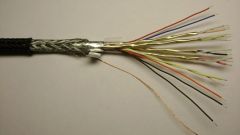You will need
- - soldering iron;
- - solder (tin);
- - rosin.
Instruction
1
Before proceeding directly to the case, choose the optimum soldering iron power, for qualitative work, it is important to warm up all the elements to be soldering.
2
Choose the appropriate soldering tip. It should be comparable in size with the dimensions of the parts, otherwise you run the risk or damage adjacent elements or poor quality solder wire (circuit elements).
3
When working with electrical circuit boards of any equipment soldering iron must be grounded to prevent damage to sensitive circuit elements of the device from static electricity or voltage soldering iron (220 V) in the case of instrument failure.
4
Getting started, first clean the surface of soldering and wires that need to be soldered from contamination, as particles of debris, dust and oxide can greatly affect the quality and durability of soldering.
5
Then turn the soldering iron into the mains supply and wait until it heats up to the melting temperature of tin. The more powerful your tool is, the longer it will have to wait. The wires that you are going to solder, better to carefully twist between them, as tin is a soft and brittle metal. He will not stand even mild loads.
6
After that, dip the tip of a soldering iron in rosin and grease them the resulting strand. Thus, you will provide conditions for a good flow of tin on the soldering. Then dip a tip in the solder and attach it to the place of soldering. Keep the soldering iron should be pressed for about 2-3 seconds. During this time, the molten tin will have time to flow to the wire (circuit elements) and how it should permeate all the small fissures around.
7
Now inspect the soldering. Tin should lie evenly and to Shine. If solder was not enough, and in some areas a significant part of the strands or wires are not fixed, you must repeat actions from the previous step. Remember that the soldering iron can not be kept pressed for too long. Otherwise you risk overtempered soldering. In this case, the tin will lose its luster, darken, turn black spots.
8
In this situation, the solder can be broken with a simple press of the nail, so you'll need to carefully remove all the solder, re-clean the soldering iron and repeat all the above steps.

